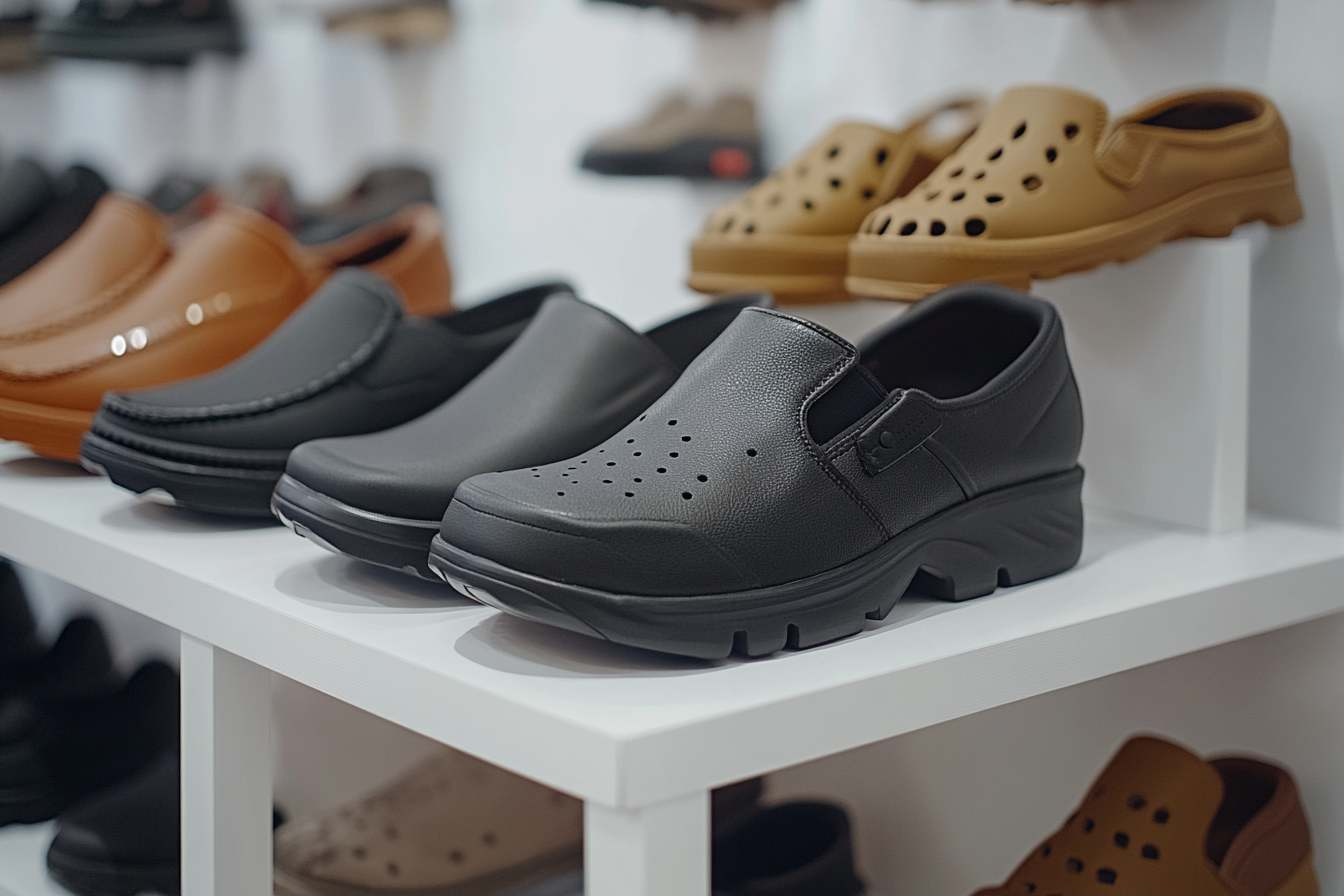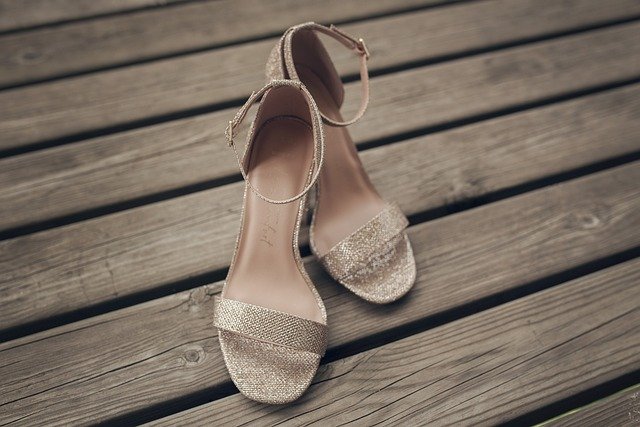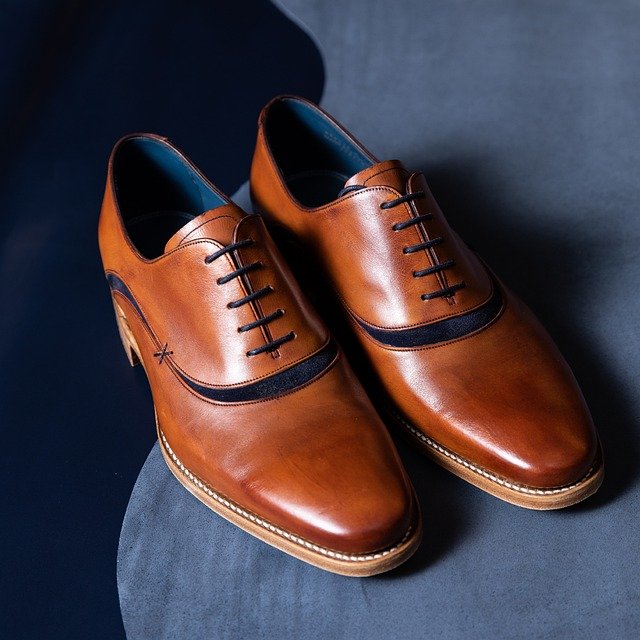Women's Cute Soft Thongs: A Practical Guide to Comfort, Fit, and Care
Choosing the right thong can transform your daily comfort and confidence. Soft, well-fitted thongs offer seamless wear under any outfit while maintaining breathability and support. Understanding the materials, construction, and proper care techniques ensures your investment lasts longer and feels better against your skin. This guide explores what makes thongs truly comfortable, how to select the perfect size, the variety of styles available, and practical tips for everyday wear and maintenance.

Finding comfortable, attractive thongs that meet everyday needs requires understanding several key factors. From fabric selection to proper sizing, each element plays a role in how these garments perform throughout the day. This guide breaks down the essential considerations for selecting and caring for soft thongs that combine functionality with style.
Materials & Construction: What Makes Them Soft
The softness of a thong depends primarily on fabric choice and construction quality. Cotton remains a popular option due to its breathability and natural softness, making it ideal for sensitive skin. Modal and bamboo fabrics offer exceptional smoothness with moisture-wicking properties that keep you dry throughout the day. Microfiber blends provide a silky feel while maintaining durability and shape retention.
Construction details matter significantly. Flat seams prevent irritation and chafing, while tagless designs eliminate scratchy labels. The waistband should feature soft elastic that stays in place without digging into skin. Quality thongs use reinforced stitching at stress points to prevent premature wear. The gusset—the fabric panel in the crotch area—should be made from breathable cotton even when the rest of the garment uses synthetic materials, as this promotes better hygiene and comfort.
Lace and mesh panels can add visual appeal without sacrificing softness when manufacturers use high-quality materials. Look for laser-cut edges rather than traditional hemming, as this creates a smoother finish that lies flat against skin and remains invisible under clothing.
Sizing & Fit: How to Choose the Right Pair
Proper sizing prevents discomfort and ensures thongs serve their intended purpose. Unlike full-coverage underwear, thongs require precise fit since there is less fabric to accommodate size variations. Most manufacturers provide size charts based on hip measurements, which should be taken at the widest part of your hips and buttocks.
When trying thongs, the waistband should sit comfortably at your natural waistline without rolling or sliding. The back strap should rest between your buttocks without pulling or causing irritation. If you experience constant adjustment needs, the size is likely incorrect. Some bodies suit low-rise styles better, while others prefer mid-rise or high-rise options that sit higher on the waist.
Consider that sizing can vary between brands and even between different styles from the same manufacturer. Reading customer reviews often provides insight into whether items run small, large, or true to size. Many women find success purchasing variety packs that include multiple sizes to determine their best fit before committing to larger purchases.
Stretch and recovery matter significantly. Quality thongs return to their original shape after wearing and washing, while poor-quality options may stretch out quickly, leading to poor fit and reduced lifespan.
Styles & Patterns: Cute Options for Everyday Wear
Thongs come in diverse styles that suit different preferences and occasions. Classic solid colors in neutral tones like black, beige, and white provide versatile options that work under any outfit. These staples form the foundation of most underwear collections.
Patterned thongs add personality to your wardrobe. Floral prints, geometric designs, polka dots, and stripes offer playful options for everyday wear. Seasonal patterns allow you to coordinate with holidays or personal style preferences. Animal prints provide bold choices for those who enjoy making statements even with undergarments.
Lace thongs combine elegance with femininity, available in various lace densities from delicate to substantial. Mesh panels create visual interest while maintaining breathability. Color-blocked designs use contrasting fabrics to create modern aesthetic appeal.
Some thongs feature decorative elements like small bows, rhinestones, or embroidered details that add charm without compromising comfort. Seamless thongs prioritize invisibility under clothing, making them ideal for fitted dresses, leggings, and professional attire. G-strings offer minimal coverage for those seeking the least visible panty line, while thongs with slightly wider side straps provide more coverage and security.
Care Instructions: Washing and Maintaining Softness
Proper care extends the life of soft thongs and maintains their comfort. Hand washing in cool water with mild detergent provides the gentlest cleaning method, particularly for delicate fabrics like lace and silk. If machine washing, place thongs in a mesh lingerie bag to prevent tangling and stretching. Use the delicate cycle with cold water to preserve elastic integrity and fabric softness.
Avoid harsh detergents, bleach, and fabric softeners, as these can break down elastic fibers and reduce fabric breathability. Fabric softeners may also leave residue that irritates sensitive skin. Instead, use detergents specifically formulated for delicates or lingerie.
Air drying is strongly recommended over machine drying. High heat damages elastic and can cause shrinkage or fabric degradation. Lay thongs flat or hang them to dry away from direct sunlight, which can fade colors. If you must use a dryer, select the lowest heat setting and remove items while slightly damp.
Store thongs by folding them gently rather than rolling or balling them up, which can stress elastic and distort shape. Organize by color or style in a drawer with adequate space to prevent crushing. Replace thongs when elastic becomes loose, fabric develops holes, or softness diminishes despite proper care—typically after 6-12 months of regular wear.
Use & Layering Tips: When and How to Wear Them
Thongs excel in situations where visible panty lines would detract from your outfit’s appearance. Fitted dresses, slim-cut trousers, leggings, and bodycon skirts all benefit from the minimal coverage thongs provide. They work particularly well under lightweight fabrics where traditional underwear seams might show through.
For athletic activities, choose thongs made from moisture-wicking synthetic fabrics rather than cotton, which retains moisture. Many activewear brands offer sport-specific thongs designed for movement and sweat management. However, some women find traditional underwear more comfortable for high-impact activities.
Layering considerations include matching your thong’s rise to your outfit’s waistline. Low-rise jeans pair well with low-rise thongs, while high-waisted pants work better with mid- to high-rise options. Nude or skin-toned thongs provide the most versatility under light-colored clothing, preventing visible contrast.
Consider the occasion and duration of wear. While thongs work well for 8-10 hour wear days, some women prefer switching to fuller coverage options for lounging at home. Listen to your body—if discomfort develops, it may indicate sizing issues or the need for a different style.
For travel, thongs take up minimal luggage space and dry quickly after washing, making them practical choices. Pack a variety of neutral and fun options to suit different outfits and moods throughout your trip.
Selecting comfortable, attractive thongs involves understanding materials, proper fit, available styles, and maintenance requirements. Quality construction with soft fabrics, accurate sizing, and proper care ensure these garments provide reliable comfort and confidence. Whether you prefer classic neutrals or playful patterns, the right thongs enhance your wardrobe while remaining invisible under your favorite outfits.




